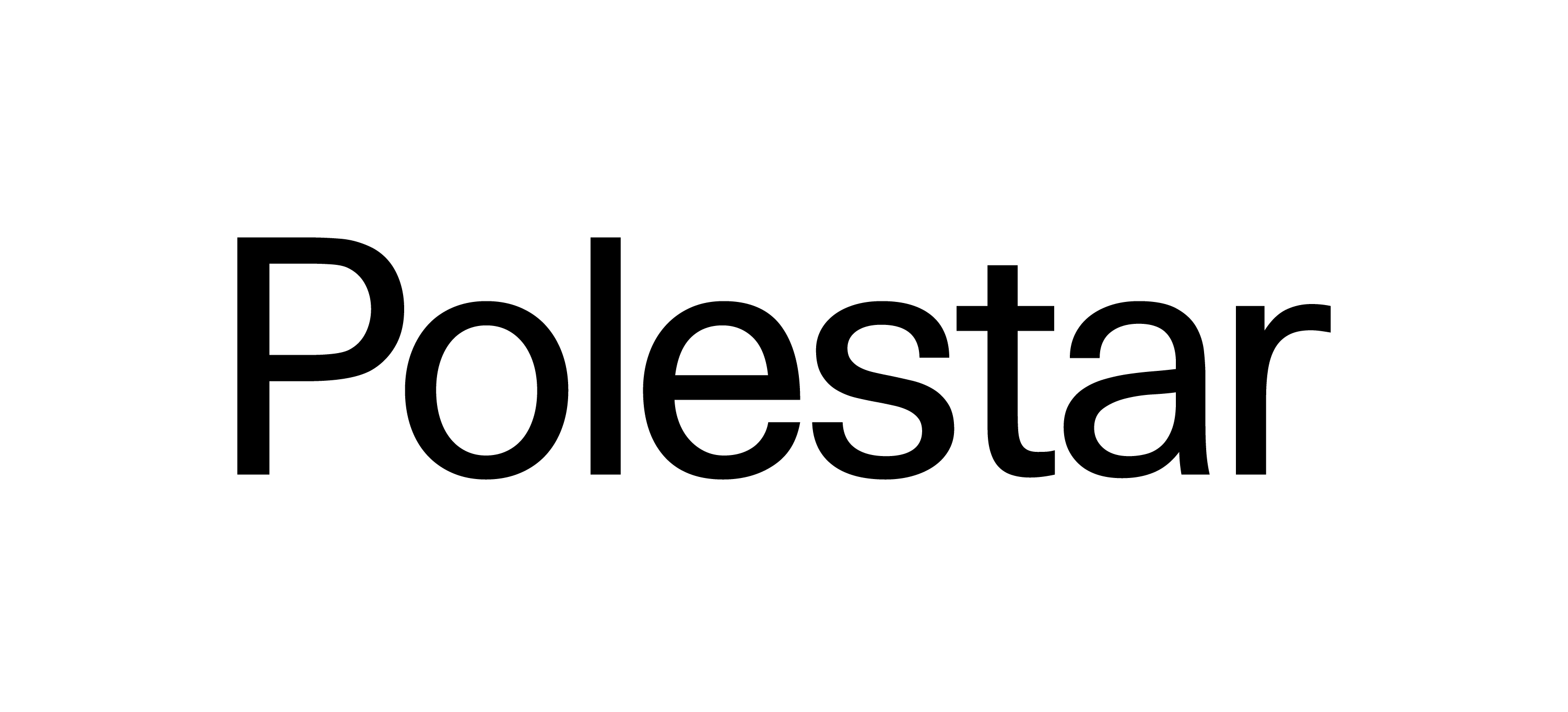
‘An acquisition is often the answer to the question: can we do this ourselves or not?’
It seems so obvious: behind every M&A deal is a well-founded strategy for optimal value creation. But is this really true? Is every M&A deal part of a long-term vision? Or are there still (too) many ad hoc operations? And what is “value creation”? Tom De Troyer (Eight Advisory), Pieter-Jan Vandevelde (Colruyt Group), Anneleen Claessens (Waterland) and Bart De Troyer (Lazard) discussed this at the latest M&A Forum.
“What constitutes value creation in an M&A context?” That was the central topic during the most recent M&A Forum and the first question that moderator Melle Eijckelhoff of House of Executives asked the panel. “If M&A, from the point of view of capital allocation, is the best strategic option, you choose it”, says Bart De Troyer, Vice President at Lazard. “Because it was the only option to achieve your objectives.”
 In turn, Anneleen Claessens, Portfolio Manager at Waterland Private Equity, points to the human aspect: “One of the key aspects is that you see people grow. Acquisitions give access to new countries, new best practices, new opportunities, … In such an environment, you really see managers create value.”
In turn, Anneleen Claessens, Portfolio Manager at Waterland Private Equity, points to the human aspect: “One of the key aspects is that you see people grow. Acquisitions give access to new countries, new best practices, new opportunities, … In such an environment, you really see managers create value.”
Tom De Troyer, Partner at Eight Advisory, agrees but also sees other factors, such as impact on the environment, becoming increasingly important. “Long-term vision is almost as important as short-term figures. The only thing is: we often don’t know how to deal with that yet.”

Bart points out that value creation can also lie in taking over a company because you don’t want a competitor to take advantage of it. “Calculating what not acquiring the company does for your market share is of course very difficult”, he says. “Very interesting, but definitely not easy.”
Petrol pumps
The choice of your takeover target is extremely important. What criteria are significant? “For us, an acquisition is often the answer to the question: can we do this ourselves or not?”, says Pieter-Jan. “We can and do many things ourselves, but if the conclusion is that we need certain capabilities, then we move into the market.” Pieter-Jan gives the petrol pumps run by Colruyt as an example. With the rise of electric cars, the company started looking for a charging station provider to take over. To do so, it meticulously scrutinized that market.
The foundation is to have the right people on board. Second, the commercial, operational and financial performance must be good. Only then can you talk about growth.
Tom uses a simple framework: people, performance and growth. “The foundation is to have the right people on board. Second, the commercial, operational and financial performance must be good. Only then can you talk about growth. With this framework in mind, you can assess a target.”
Gut feeling

We are moving from a seller’s market to more of a buyer’s market.
This also affects the multiples put on the table. Although the market has changed considerably in recent months, Bart says. “The volume in private equity has dropped somewhat, not only for strategic reasons, but also because of the current financing climate. Interest rates have a lot to do with this, of course. Corporates are still very willing to do acquisitions though, they usually have the means to do so. On the other hand, we are still improving. We are moving from a seller’s market to more of a buyer’s market. There is more selectivity in the market, but in software, for example, we still see multiples of high teens to twenties. At the same time, buyers in this sector do have a greater eye for risk, for stable income and for churn rates.”
Risks and integration

A good integration manager is really not a luxury.
To conclude: the post-deal integration. How do you proceed after hands are shaken? “Ideally, you have a clear view on this before you even start the deal”, laughs Tom. “Afterwards, it’s just a matter of following an established process. Still, we often see this go wrong because of a lack of integration strategy. Especially in a real merger, this can be painful. The people who sit around the table and have to make it happen, from operations or HR for example, are sometimes more concerned about their own future than about proper integration. You must discuss this at both shareholder and management level, without letting it drag on for months. There will always be resistance to change, but if it takes too long, you start losing good people. And that means you also lose value.”
“A good integration manager is really not a luxury”, Pieter-Jan responds. “Whether that person is internal or external doesn’t really matter. But you need someone for whom this is a full-time assignment and who can also be held accountable for it.”
Thank you to Eight Advisory for hosting this M&A Forum.
Watch the pictures here.
Recente artikelen

Ooit volstond het om duurzaam te lijken. Vandaag niet meer. Regelgeving raakt de kern van wie je als organisatie bent. Tegelijk ontmantelt een nieuwe generatie de façades: ze gelooft geen merk meer zonder moraal. ESG is geen vrijblijvende oefening meer, maar een beproeving van leiderschap, aldus Stefan Peetroons.

Samen met Valerie Bremer, HR Lead Supply Chain EMEA/UK/APAC, blikken we terug op 60 jaar The Estée Lauder Companies Inc. (ELC) in België. We overlopen enkele belangrijke mijlpalen, en leren over de strategische rol van HR binnen de wereldwijde supply chain.










